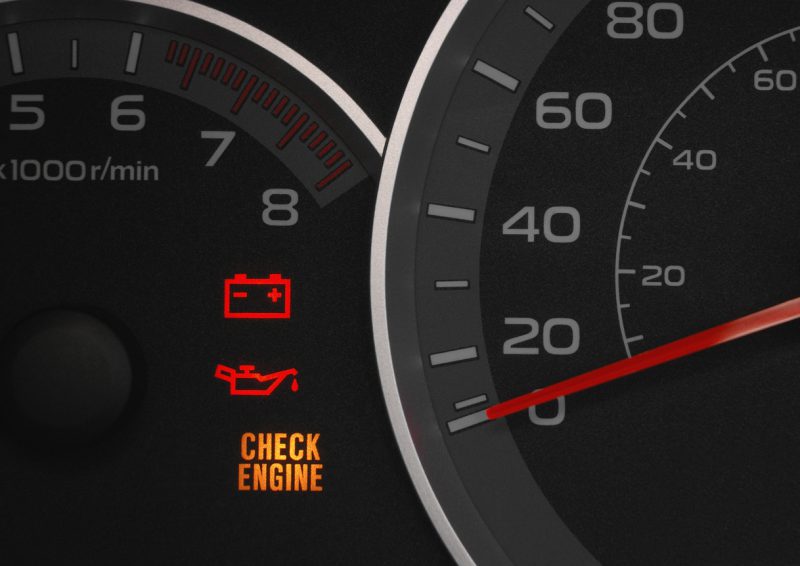
If your car appears to lose power, you might have heard a technician refer to it going into ‘limp home mode’. This is a feature of all modern cars and I think it’s important for drivers to understand what it is.
What is limp home mode?
This is a programme that lives in the car’s main computer or ECU (electronic control unit). When it is triggered, it allows the engine or motor to run but with performance that’s significantly reduced. This is to stop whatever the problem might be from damaging the engine any further.
How do you tell your car is in limp home mode?
When you accelerate, the engine won’t rev beyond 2500 to 3000rpm. This means you won’t be able to accelerate hard. If your car has a turbocharger, it may not be working so your car will feel really sluggish. Your top speed may be limited too so it’ll feel as if the accelerator isn’t working properly.
Your dashboard will also be showing the ‘Check engine’ warning light. This will either be flashing or continuous and there might also be a message telling you that engine power is reduced.

Is a car going into limp home mode dangerous?
It shouldn’t be dangerous in that your car will still operate. But remember, this mode is designed to enable you to get off a motorway and seek help, not join a motorway where stopping completely could put you and others in danger.
Will it damage the car?
This programme has been designed to prevent damage to the car and it will do just that. But you shouldn’t use that as an excuse to simply continue driving. Limp home mode is supposed to deal with faults that aren’t serious enough to prevent a car from being driven to get help.
What causes limp home mode?
There are multiple things that can cause it to engage. It might be something as simple as a faulty engine sensor. It may be a fault with the turbocharger or transmission. And it could be an electronic or wiring problem.
It might even be brake trouble, one of the rare occasions when an electric vehicle (EV) will go into limp mode. As electric motors are either on or off, limp home mode is rarely required. But an EV will still go into a low power state, usually just before its battery completely runs out of charge. This is to enable you to reach somewhere safe to stop under your own power.
What to do if you car is in limp home mode
First thing: don’t panic. The most sensible thing would be to either get home or to your destination, if that’s nearer. If both are hundreds of miles away, pull over somewhere safe away from moving traffic.
Once there, turn your car off completely. If the problem is an electronic one this should clear it. On the other hand, your engine may not start again, which is the car’s way of saying: “I need to be fixed before I’ll work again”.
If you’re near home and you have a regular and reliable garage, you could drive your car straight there. But you might want to give them a ring first to find out when they’ll get round to fixing your car.
What should the garage do?
Once you’ve taken your car to a professional, they will quiz its onboard diagnostic system. A fault code will have been logged by the engine’s computer. Your garage should be able to translate this into what the real problem is and sort it out.
Don’t ignore it
By far the most important thing you can do with limp home mode is act on it. Ignoring it won’t make the problem go away. Good luck!
By John Price, part of Green Flag’s team of automotive technical support engineers
I have heard the new updated software can cause this problem, is that true ?
Software updates can sometimes cause a problem they should not but unfortunately they do,so if you have had a software update and something doesn’t feel right you will need the garage who did the upgrade to plug the ecu back into their diagnostic equipment to find out whats wrong the likely hood is they already know the problem and have an update for the update.
Are you saying it is okay to drive a car in a limp mode for months?
Great explanation of limp home mode! I never knew my car had this feature until I experienced it firsthand. It’s reassuring to know there’s a way to get to safety even when things go wrong. Thanks for the insights!